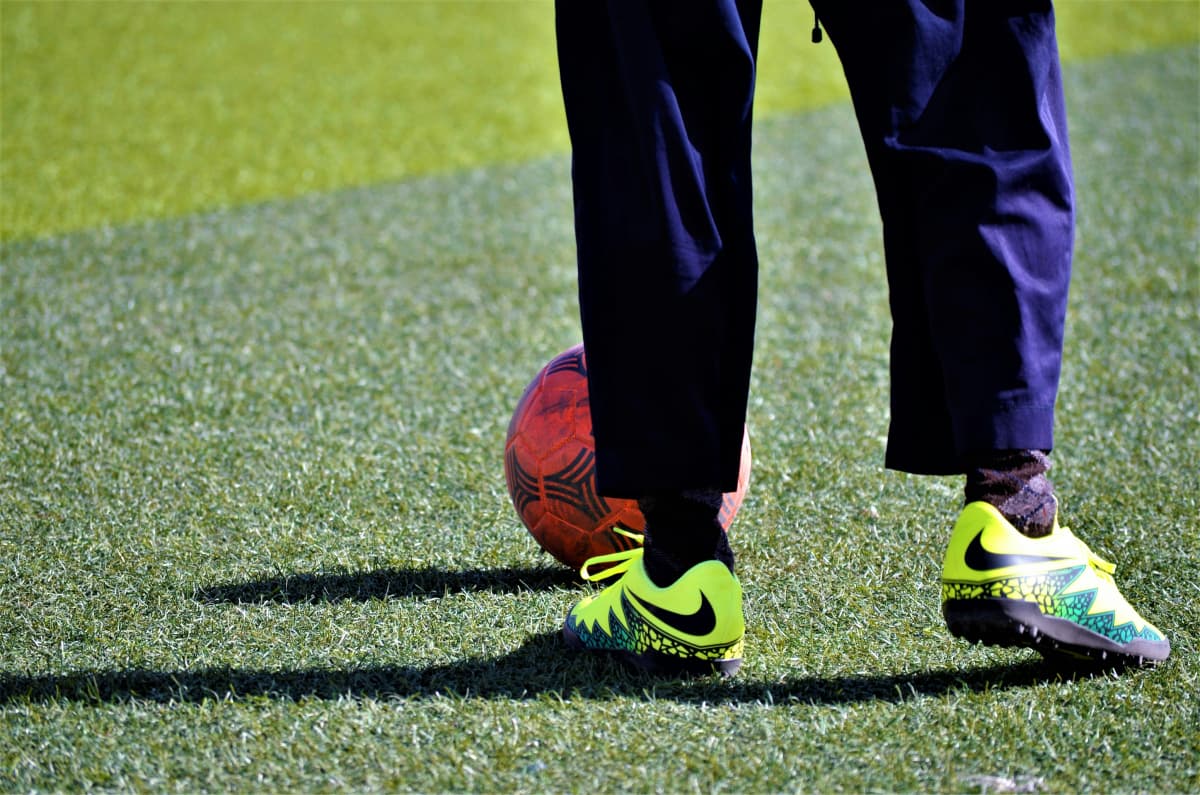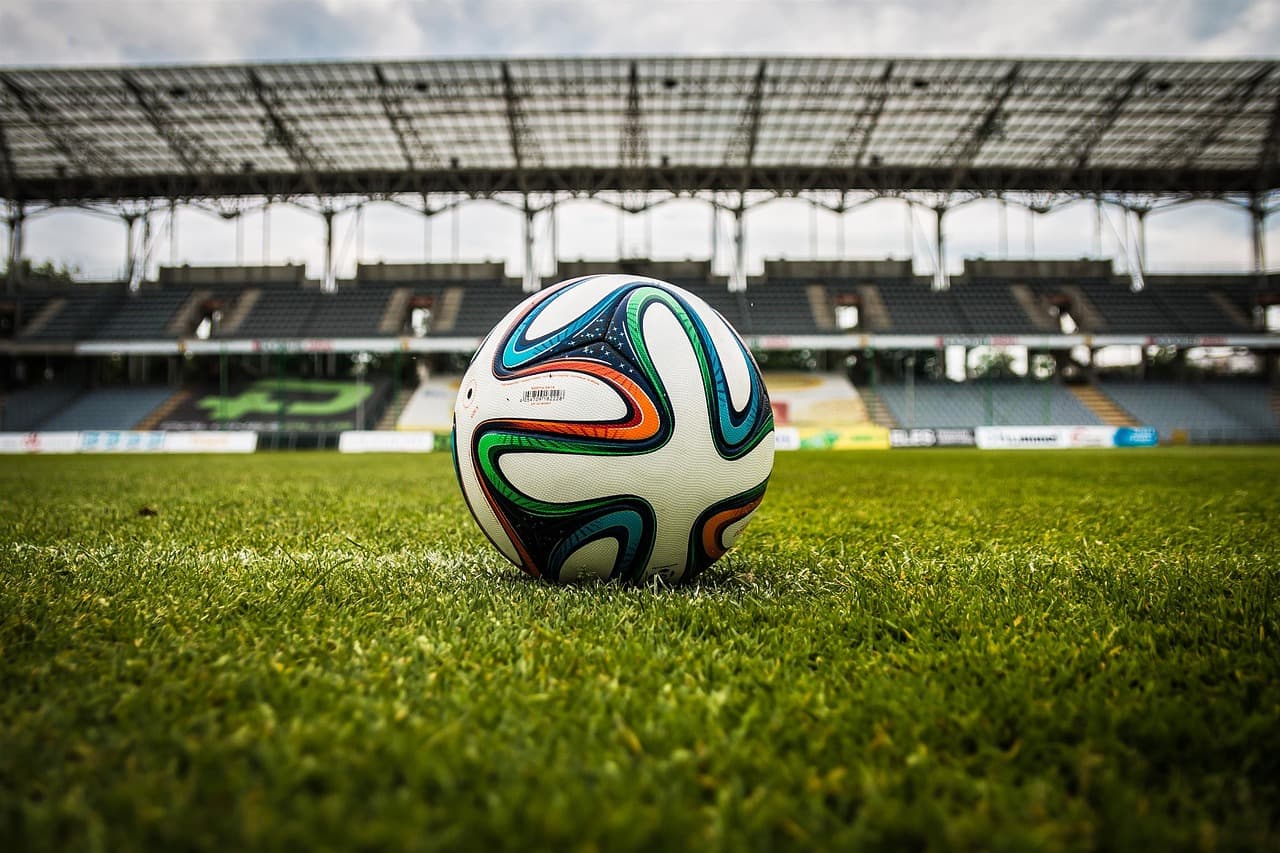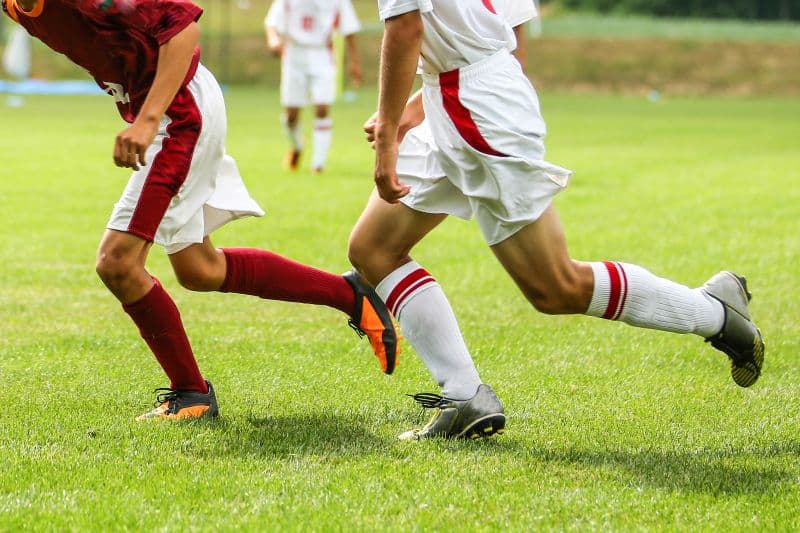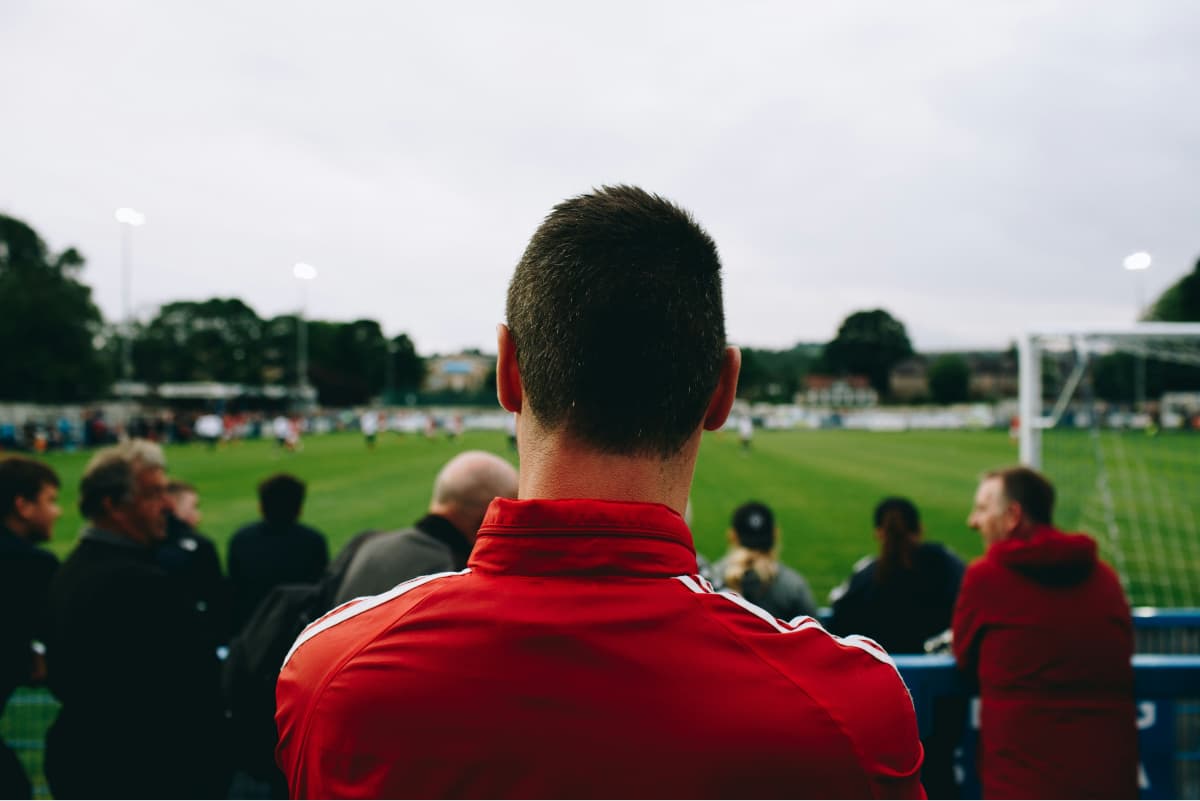You don’t need a full-size pitch or a team of players to sharpen your soccer abilities. You can transform any living space into a soccer training haven with creativity and the right approach.
In this guide, we’ll show you 11 effective soccer drills you can do at home to elevate your game to the next level:
How Can I Practice Soccer Drills at Home?
Practicing soccer drills at home can be as effective as training on the field if you have a clear plan and the right mindset.
To train like a soccer player at home, you must focus on various aspects of the game, such as ball control, dribbling, passing, shooting, and physical conditioning
In addition, you can create a comprehensive training environment right in your backyard or living room by setting up a dedicated space and using simple equipment, which is often cost-effective.
11 Solo Drills to Practice Soccer at Home
To improve your soccer skills at home, you should incorporate a variety of drills. Here are 11 different drills that cover six main styles of soccer training:
Dribbling Mastery
1. Juggling
Juggling is a fundamental drill to enhance your touch and control over the ball. Different kinds of juggling can keep the practice varied and engaging:
- Thigh juggling: Use your thighs to keep the ball in the air; this helps improve your thigh control and balance.
- Sole juggling: Use the soles of your feet for a unique challenge. This drill improves control and soft touches.
- Around the world: Combine different body parts to keep the ball moving, which enhances coordination and creativity.
- Wall Juggling: Juggle the ball against a wall to improve reaction time and control. This variant helps you adapt to unpredictable rebounds.
To make the most of juggling drills, set targets for consecutive juggles and try to beat your record; this will help you stay motivated and track your progress.
2. Push-Pull
The push-pull drill uses the sole of your foot to push the ball forward slightly before pulling it back towards you. This drill is magnificent for developing close control and quick footwork.
The drill involves rolling the ball out to the side and then pushing it back in with the sole of your foot. The main difference is the direction of the ball movement, which helps improve lateral control and flexibility.
Dribbling Drills
3. Cone Dribbling
Cone dribbling is incredible for increasing performance in matches. You can set up a series of cones and practice dribbling through them as quickly and precisely as possible. This drill enhances your agility and control, making you more effective in tight spaces on the field.
You should use both feet to improve ambidexterity, keep your head up to simulate game scenarios, and time yourself and try to improve your speed without losing control.
4. Closed-Space Dribbling
You should find a small area and practice dribbling without bumping into the boundaries. This drill helps improve your ability to control confined spaces, simulating real-game situations where space is limited.
Here are some key tips:
- Set Boundaries: Use cones, chairs, or other objects to create a small area.
- Dribble: Keep the ball close to your feet and maneuver within the confined space.
- Variations: Practice with different dribbling techniques like inside cuts, outside cuts, and step-overs.
Passing and Receiving
5. Wall Passing
Wall Passing involves kicking the ball against a wall and receiving it back, thus improving your passing accuracy and touch. It’s important to try using different parts of your foot and vary the power and angle of your passes.
You should also focus on your first touch to control the ball, experiment with different angles to simulate receiving passes from various directions, and increase your passing speed gradually.
Here are some key tips:
- Find a Wall: Choose a solid wall in your home or backyard.
- Pass: Kick the ball against the wall using different parts of your foot (inside, outside, laces).
- Receive: Control the ball as it returns and prepare for the next pass.
6. Target Passing
Target passing is one of the oldest and most successful drills. You should set up a target on the wall or use cones as targets and practice passing the ball to hit these targets. This drill helps improve your precision and control, which are crucial for effective passing.
It’s important to start with larger targets and gradually make them smaller and use both feet to pass and aim. Also, track your accuracy and set goals for improvement.
Here are some steps:
- Set up targets: Use tape to mark targets on the wall or set up cones.
- Pass: Aim and pass the ball to hit the targets.
- Adjust: Adjust your position and distance to vary the difficulty.
Shooting
7. Wall Shooting
Wall shooting is similar to wall passing but it focuses on shooting techniques. You should practice different shots—such as one-touch and weak-foot shooting—to improve your goal-scoring ability.
Use a sturdy wall that can withstand powerful shots.
Practice different shooting techniques, including volleys, one-touch shots, and weak foot shots.
Focus on accuracy of your shooting and focus on first touch and control as the ball rebounds.
8. Accuracy Shooting
Set up small targets in a goal or against a wall and practice hitting these targets. This drill enhances your shooting precision, helping you become a more accurate finisher.
You should use small objects like cones or markers as a target, aim and shoot to hit the targets and record your hits and misses to monitor progress.
That said, focus on your technique and follow-through, use both feet to shoot, and gradually increase the distance to the targets.
Strength and Conditioning
9. Plank Variations
Building a strong core is essential for overall soccer performance. Incorporate different plank variations—such as side planks and plank twists—to strengthen your core muscles. You should start with the standard plank position and incorporate side planks, plank twists, and leg lifts.
However, maintaining proper form is critical to avoid injury. You should also hold each plank for 30 seconds to 1 minute and gradually increase the duration as your strength improves.
10. Plyometric Training
Plyometric exercises like box jumps and burpees help build explosive power. These are vital for quick sprints and sudden movements on the field.
You should perform exercises like box jumps, burpees, and jump squats.
In addition, focus on explosive movements, ensure proper form to avoid injury, and incorporate these exercises 2-3 times a week.
Agility and Speed
11. Ladder Drills
You don’t need an agility ladder; tape or rope will work fine. Ladder drills improve your foot speed, coordination, and agility—all critical for effective performance.
To set up the drill, create a ladder pattern on the ground using tape or rope. You should perform various footwork drills such as in-and-out, lateral runs, and hopscotch.
Creating a Routine & Setting Goals
You must build a structured routine and set achievable goals to perfect your at-home soccer training.
Here’s how:
Plan Your Week
Allocate specific days for different types of training to ensure a balanced and comprehensive approach to skill development.
Here’s a sample weekly plan:
- Monday: Ball Mastery (e.g., Juggling, Push-Pull)
- Tuesday: Dribbling Drills (e.g., Cone Dribbling, Closed-Space Dribbling)
- Wednesday: Passing and Receiving (e.g., Wall Passing, Target Passing)
- Thursday: Shooting (e.g., Wall Shooting, Accuracy Shooting)
- Friday: Strength and Conditioning (e.g., Plank Variations, Plyometric Training)
- Saturday: Agility and Speed (e.g., Ladder Drills)
- Sunday: Rest or Light Activity (e.g., Stretching, Recovery)
Set Goals
Define clear, achievable goals for each session to keep yourself motivated and focused. Goals should be specific, measurable, attainable, relevant, and time-bound (SMART). Examples include:
- Short-term goals: Achieve 50 consecutive juggles, hit 10 out of 15 passing targets, and complete 3 sets of 1-minute planks.
- Long-term goals: Improve overall dribbling speed by 20%, increase shooting accuracy to 80%, and build enough endurance to sustain high-intensity play for 90 minutes.
Track Progress
Keeping track of your training helps you identify areas for improvement and monitor your development over time.
Here’s how to effectively track your progress:
- Use a Notebook or App: Record your daily training activities, goals, and outcomes. Note down specifics such as the number of juggles, accuracy rates, and time taken for drills.
- Analyze Performance: Regularly review your entries to identify patterns and areas needing attention. This can help in adjusting your training plan accordingly.
- Seek Feedback: If possible, get feedback from a coach or use video recordings to analyze your technique and performance.
- Use a Soccer Tracker: Use a smart soccer tracker such as Playermaker to track your progress and goals over time.
Track Your Training Using Playermaker Technology
For a more data-driven approach, consider using Playermaker’s smart soccer tracker. This technology helps you measure various aspects of your training, set targets, and monitor your progress.
It will help you effectively train for soccer at home, ensuring that you stay sharp and ready for the field.







